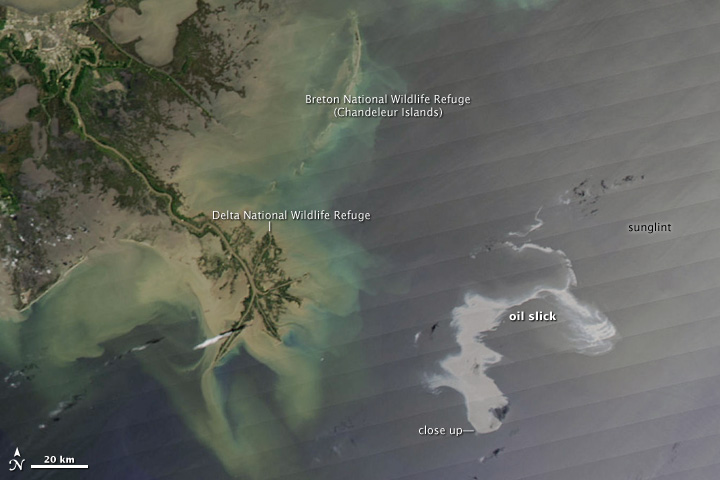OK Mister Global Warming, it’s one thing when you cause glaciers to melt, threaten piddly Pacific islands with inundation, and promising a future of bleak migration and misery for millions, but when you start threatening Your Working Yuppie Boy’s wine supply, you’ve officially gone too far! In all seriousness, though, this excerpt from the Wired Science report I’ve linked to points to how wine grapes are a canary in the climate change coal mine:
Williams has a point about keeping things in perspective. At a time when climate change is already making it harder for people in Bangladesh to find enough drinking water, it seems callous to fret about what might happen to premium wines.
But there is much more to the question of wine and climate change than the character of pinot noir. Because wine grapes are extraordinarily sensitive to temperature, the industry amounts to an early-warning system for problems that all food crops — and all industries — will confront as global warming intensifies.
In vino veritas, the Romans said: In wine there is truth. The truth now is that Earth’s climate is changing much faster than the wine business, and virtually every other business on earth, is preparing for.
All crops need favorable climates, but few are as vulnerable to temperature and other extremes as wine grapes. “There is a 15-fold difference in the price of cabernet sauvignon grapes that are grown in Napa Valley and cabernet sauvignon grapes grown in Fresno” in California’s hot Central Valley, says Kim Cahill, a consultant to the Napa Valley Vintners’ Association. “Cab grapes grown in Napa sold [in 2006] for $4,100 a ton. In Fresno the price was $260 a ton. The difference in average temperature between Napa and Fresno was 5 degrees Fahrenheit.”
Numbers like that help explain why climate change is poised to clobber the global wine industry, a multibillion-dollar business whose decline would also damage the much larger industries of food, restaurants, and tourism.
Every business on earth will feel the effects of global warming, but only the ski industry — which appears doomed in its current form — is more visibly targeted by the hot, erratic weather that lies in store over the next 50 years. In France, the rise in temperatures may render the Champagne region too hot to produce fine champagne.
The same is true for the legendary reds of Châteauneuf du Pape, where the stony white soil’s ability to retain heat, once considered a virtue, may now become a curse. The world’s other major wine-producing regions — California, Italy, Spain, Australia — are also at risk.
How bad could it be? This bad:
If current trends continue, the “premium wine grape production area [in the United States] … could decline by up to 81 percent by the late 21st century,” a team of scientists wrote in a study published in the Proceedings of the National Academy of Sciences in 2006. The culprit was not so much the rise in average temperatures but an increased frequency of extremely hot days, defined as above 35 degrees Celsius (95 degrees Fahrenheit). If no adaptation measures were taken, these increased heat spikes would “eliminate wine grape production in many areas of the United States,” the scientists wrote.
You can’t just move production to other areas. Well, you could, and winegrowers ultimately will, out of necessity. But you’ll have different wines then. The loss of some of the world’s great wines would not be remotely among the worst tragedies of climate change. But it’s not nothing.

